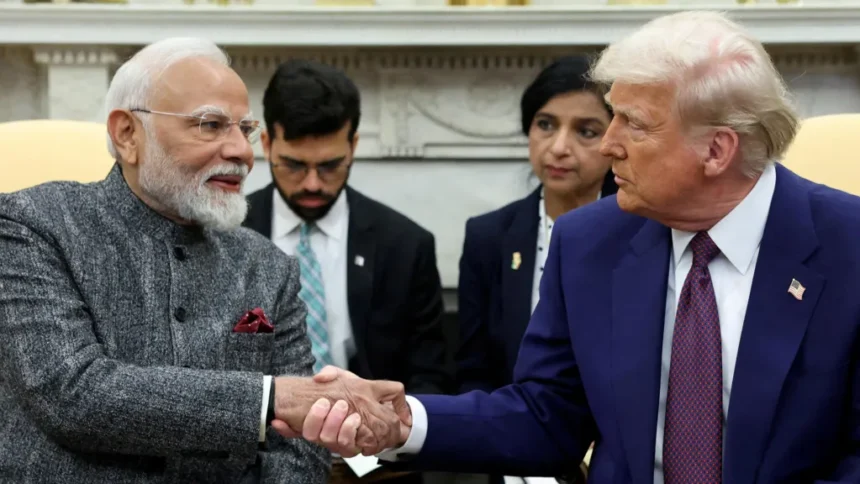Weeks after US President Donald Trump began his second term, Indian Prime Minister Narendra Modi was among the first international leaders to travel to Washington. He referred to Modi as his “great friend” as the two nations established a lofty goal to double bilateral commerce to $500 billion by 2030. However, the relationship seems to have reached its lowest point less than six months later.
In addition to his prior warning of imposing an additional 10% duty on India’s participation in the Brics grouping, which was founded by China, Russia, and South Africa, Trump has now placed a total of 50% tariffs on products imported from India.
In response to Delhi’s purchase of Russian oil, Putin first levied a 25% tax but on Wednesday declared an extra 25%, a decision that the Indian government referred to as “unfair, unjustified, and unreasonable.”
This is a startling reversal in a relationship that has grown stronger over the last 20 years as a result of the work of both nations’ successive administrations, bipartisan backing, and agreement on international problems. Positive indications of an impending trade agreement have come from Washington and Delhi in recent weeks. That now appears to be getting harder, if not impossible.
Also Read:
In Texas, a Deadly Measles Outbreak Does little to Dispel Vaccine Skepticism



